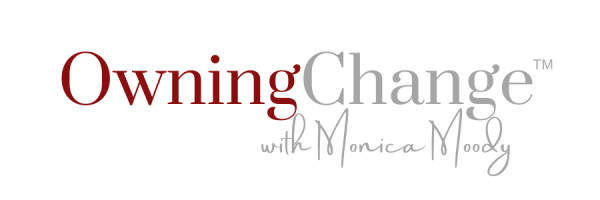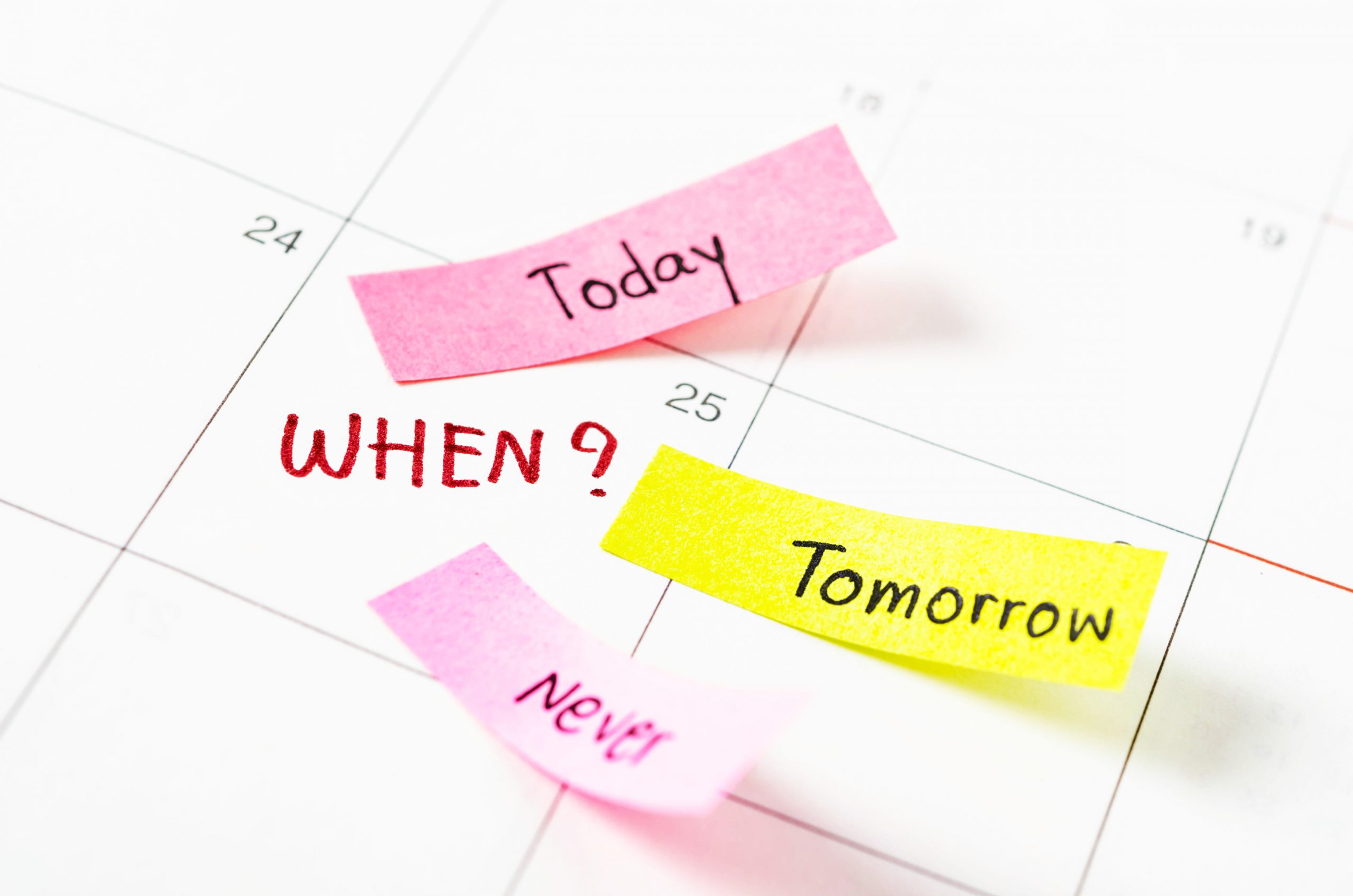When it comes to productivity, is it possible that less really is more?
It’s always interesting to me how different themes emerge in my work. In the past few weeks, I’ve had three different clients to make requests for training and/or coaching around issues related to productivity. So, I thought that maybe you could use a bit of guidance as well.
Productivity is not about doing more, it’s actually about how to do less … strategically and well. So, please feel free to dive into the content that I’ve shared below for tips, tools and inspiration.
This is not an article to be read once and you’re done. It’s one to return to a few times over, giving yourself time to peruse the links and articles that are highlighted.
So, want to do more? Start with less.
LESS MEETINGS
Everyone hates them. They’re time drains and often lead to less productivity not more. And let’s be clear, it’s not the 60 minutes of meeting time that’s lost, time is zapped on the front and back end because it interrupts work flow, before and after the meeting.
Plus, it’s not just one hour lost, it’s that hour times however many people are participating.
Here are 6 fantastic tips from Mashable on how to have fewer, shorter and more efficient meetings. http://mashable.com/2014/09/15/no-more-meetings/#qFTMpQrBCZqB
Among my favorites are #3 – move your meetings to a different location, even if it’s outside. A new environment can spark a new level of creativity.
And #6 – visualize your meetings. Think beyond Power Point. Bring in illustrators and scribes to capture meeting notes. It engages participants, captures important highlights and makes the information easier to absorb.
My friend and colleague, Laura West with JoyfulBusiness.com does this amazing type of work for meetings, conferences and more. Take a look at Laura’s video to learn more.
And yes, I recognize that grammatically we should go with “fewer meetings” not “less meetings” but hey, there’s a theme emerging here. Work with me. ;-)
LESS TECHNOLOGY
Use technology, don’t allow it to use you. Let’s face it, each and every day, a new technology emerges that promises to rock our world and save our lives.
Stay away from the light!
Think of your top needs and scout out the best tool to support you with that aspect of your work. Then stick to it. Don’t be tempted to jump from platform to platform. This can equate to a drain on your time, energy and resources.
Need some guidance?
Scoot on over to PCMag.com where they’ve compiled a list of The Best Productivity Apps of 2016.
The list is quite extensive and will save you time on doing the research yourself. Favorites among me and my entrepreneurial colleagues are Doodle, Evernote, Google Drive, Hootsuite, Prezi and Rescue Time.
LESS MANAGING
Want to get more out of the members of your team? Give people control over their work and how they get it done. A sense of autonomy enlarges the soul. Micromanaging depletes it. Studies show that employees who feel autonomous are happier and more engaged. By trusting your employees to use their discretion in structuring their time and their work you will inspire them to higher levels of commitment and loyalty.
The folks over at Delivering Happiness have categorized autonomy as part of a “The Motivation Trifecta” along with “mastery” and “purpose”. Outlined in Daniel Pink’s “Drive: The Surprising Truth about What Motivates Us”, these things demonstrate that these days, employees are looking for much more than a paycheck. And this is good news for you. It means that you, as a manager, get to loosen the reins and allow them to flow. More freedom for them = More freedom for you.
LESS STUFF
Clear the clutter. Your physical environment is impacting you whether you realize it or not. Clear, clean and inspiring spaces allow us to work more optimally. So, if your office space could use a little tidying, it’s time to get to work. Clutter can also be a reflection of your inner world … “As above, so below. As without, so within.” For this reason, it’s a good idea to give this productivity area lots of attention.
Also, remember that working wholeheartedly is about integration. It’s about understanding that your professional life is being fueled by who you are in and outside of work. So, it’s not enough to just focus on your office space, you’ll want to do a survey of your entire life, including your home, car — everything.
I’ve noticed for some time now that dramatic shifts in my life are always precipitated by an urgent desire to clean, organize or beautify some area of my house. It’s actually pretty amazing. So now, if I’m feeling like I need a change of some sort, I will initiate it by doing some work on my physical environment.
If you need some tips on where to start with organizing your office, Neil Patel has you covered in his Inc.com article on How to Organize Your Office for Maximum Productivity.
And if the rest of your spaces need some care and attention, I recommend that you purchase Marie Kondo’s “The Life-changing Magic of Tidying Up” and its companion, “Spark Joy”. Far from your typical recommendations, Kondo provides a framework for organizing that leads to lasting results, focusing more so on developing the right mindset for creating and maintaining order.
Kondo says, “When you put your house in order, you put your affairs and your past in order, too.”
LESS “PROFESSIONALISM”
First things first, I’m not encouraging irresponsible behavior. Instead, I’m encouraging “conscious” behavior. If you ask five people what it means to be professional, you will absolutely get five different responses. It’s not something that is actually easily defined.
There’s the best of what it represents when it encourages things like responsibility, accountability, punctuality, competency, respect and commitment, but over time, it has come to include other rather suspicious qualities and ideas as well. If we fail to pause and consciously consider what they are, it is very easy to get sucked into useless behaviors that deplete us and prevent us from being at our best.
“I must wear a suit every day in order to be professional.”
“I can’t admit to any human frailties when interviewing for that job or promotion.”
“It’s unacceptable to show empathy and compassion to a direct report who’s struggling in some way.”
“I must be the first one in the office and the last one to leave in order to show how committed I am.”
“As a leader, I cannot admit that I don’t know something or that I made a mistake.”
These are all perverted notions of professionalism and represent a form of mental clutter. It’s really time to reevaluate what this concept really means for us.
As you free yourself from these useless entanglements, you will create space in your mind and in your work life for the things that do matter. And I assure you that your overall productivity, efficiency and impact will increase.
FINAL THOUGHTS
When trying to improve your productivity, it’s a good idea to take everything down a notch. Indeed, less is more. We have become so driven that we live in the space where everything is urgent and every moment is filled with something.
If this is your mindset as you walk through your office door or as you walk through life, then switch into observation mode and take a look at (1) what it’s doing to you and (2) why you’re doing it. You want to gain an understanding of why you’ve chosen to default to this never-ending game called, “My Life is Busier than Yours”.
So, let’s get to it. Step by step, you can reorganize your world and step into higher and higher levels of productivity!
Owing Change Quote of the Week: “Simplicity boils down to two steps: Identify the essential.
Eliminate the rest.” — Leo Babauta
Monica Moody
Monica Moody





